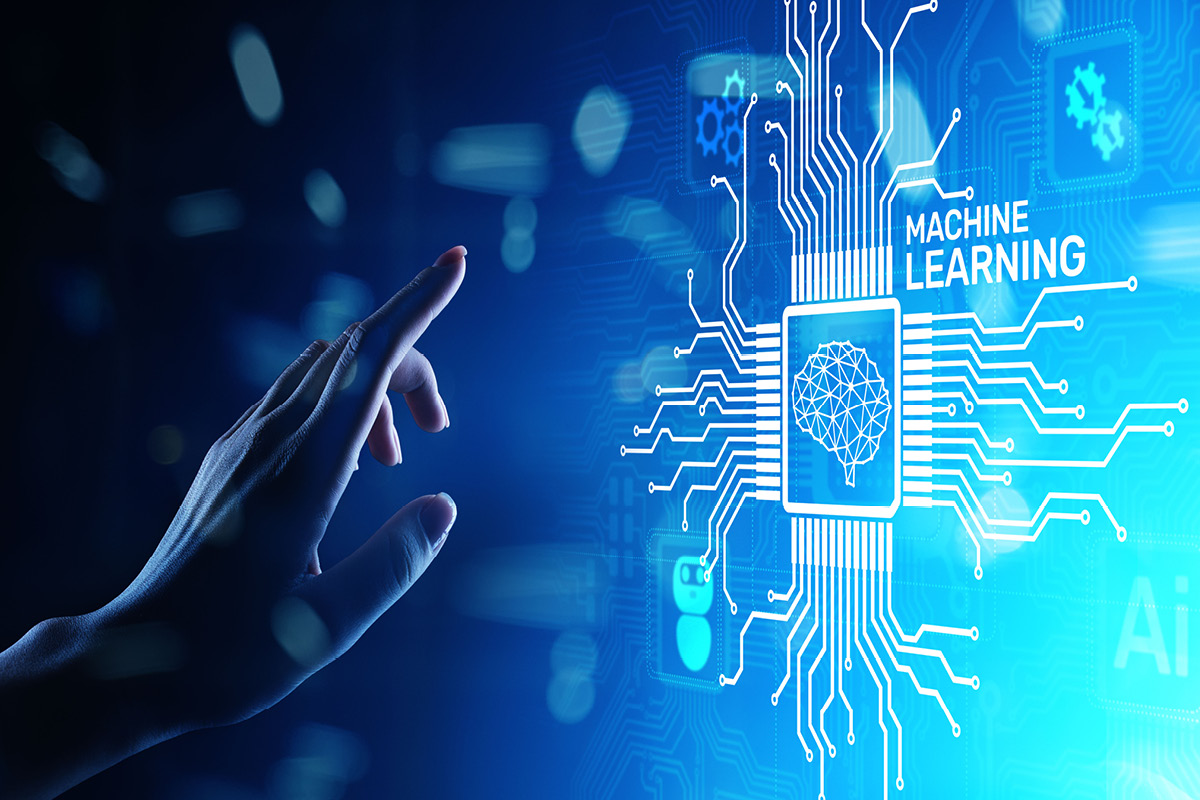What is Remote Monitoring?
—

The technology
Developed to increase access to healthcare whilst reducing the costs associated to long-term management of chronic diseases, remote patient monitoring (RPM) is a set of technologies that enables clinicians to monitor their patients outside of conventional healthcare settings.
Through these devices, doctors are able to check a range of vital signs such as body temperature, oxygen saturation and heart rate in real-time whilst the patient is back in their home. The data collected is analysed by software and sent to an app for the clinician so they can assess the situation and take appropriate actions.
The rise of remote monitoring
Smartphones and apps have transformed our lives in the shortest period since Industrial Revolution so it is no wonder the mHealth industry is growing so fast. Most of the med-tech companies are betting on the rise of the smartphone and app popularity and doctors and health care professionals have begun to adopt mobile devices for consultations. We have also seen them being used for patient tracing, research and diagnostics with the NHS COVID-19 and Hex Remote Monitoring App apps.
Remote monitoring solutions overall are on the rise in the healthcare sector following the COVID-19 pandemic which has demonstrated the need for clinicians to be able to monitor patient symptoms remotely and safely. The technology also presents the opportunity to remotely triage patients prior to any surgical intervention as well as monitoring them post-operatively for any complications or infections thus creating an umbrella-type of healthcare ecosystem at the comfort of your home.
But the big change the pandemic has set into motion is around data and data privacy. Before March 2020, this technology was already playing a central role in the management and ongoing treatment of chronic diseases such as diabetes but there were concerns about rolling it out to a state health system due to the data it captures. Covid-19 has removed most of these barriers and solution developers have come up with robust and ingenuine ways to anonymise and protect patients’ data making the use of remote monitoring likely to continue and become the new normal. This has also opened the doors to new research in the field like the EWWD project which aims to create a new AI-driven platform to monitor orthopaedic patients- a first in the sector.
The benefits of remote monitoring
Remote monitoring doesn’t only benefit patients, but also clinicians. Under important workload conditions, being able to monitor a patient’s illness, health and recovery remotely enables clinicians to gain a more accurate understanding of their patients' health while saving precious time and money from complications and unnecessary appointments.
Thanks to the increasingly wearable and user-friendly devices that use smart sensors to capture and transmit a variety biometric data, the amount and availability of health data has sky-rocketed. And since people can now wear remote monitoring devices for longer periods of time rather than just during their visit to the doctors, more data is collected as a result. This constantly fed database is then available to be processed and used by machine learning systems which contributes to improving patients outcome but also discern health trends that would otherwise be hard to monitor at scale.
Other forms of remote monitoring
Technology within Apple Watch, FitBit bracelet and other smart wearable devices used to track and measure daily steps are the types of affordable patient monitoring services that can help intervene in our unhealthy lifestyles, get and keep us in shape, as well as monitor the elderly and the vulnerable. When used as a way to keep up to date on their loved one’s well-being status, remote monitoring devices also assist families looking to support older relatives who are living alone, therefore encouraging and improving independence.
